Did you know 72% of successful companies use marketing automation software to drive desired results?
They’re especially useful for small business owners who manually juggle multiple tasks, which slows down progress.
If this is you and you’re looking for a complete guide on the best marketing automation software, strategies, and tools for small businesses to get started right away, this is it.
We will discuss marketing automation, how it’s done, and the specific steps to take, along with actionable automation strategies you can implement today.
What Is Marketing Automation For Small Business & How Does It Benefit You?
Marketing automation uses software to automate digital marketing tasks like email marketing campaigns, social media posting, lead generation forms, customer segmentation, and even engaging customers in real-time through AI-powered chatbots.
It helps you streamline your marketing strategies, maintain consistency across various channels, and increase customer engagement without hiring extra staff.
For example, one of the best marketing automation software will automatically send different versions of scheduled emails to various customer segments. This reduces the need for manual email marketing campaigns and minimizes human error.
As a result, you consistently communicate with your customers without the added cost of onboarding new employees.
Businesses that use marketing automation see a 10% increase in sales within 9-10 months. This clearly highlights the difference it can make and its importance for small enterprises.
Here’s how marketing automation can benefit you:
A. Improves Brand Consistency Without Extra Staff
Consistent branding makes your small business trustworthy and recognizable regardless of where your customers interact. This creates positive customer relationships and associations with your small business.
It also increases the chances of repeat purchases and long-term customer loyalty. With an automation tool, you can centralize all your content and encourage cross-functional collaboration among your marketing team.
Use this marketing hub to reduce errors and maintain consistent branding across all marketing channels. For example, something as small as writing “e-commerce” in email marketing campaigns and “eCommerce” in SMS marketing campaigns can throw off your customers and weaken your brand image.
But by integrating your brand guidelines into your automation and marketing software, you can avoid these inconsistencies.
B. Helps Target & Monitor Audiences More Precisely
You can deliver the right content to the right people at the right time if you know your audience well. But this isn’t always easy, especially if you have limited resources to track customer behavior. Doing this manually comes with the risk of missing engagement or sales opportunities.
Marketing automation makes sure you precisely target audience members with hyper-personalized messaging and behavioral automation, which increases conversions.
It comes with advanced features for data analytics, tracking, and even customer journey segmentation.
You can use its real-time customer journey builder and tracker to send personalized offers and messages based on the specific actions your customers take, like abandoning a cart or visiting a product page.
C. Enables Smart Budget Allocation
Poor-performing campaigns can drain your valuable resources and distort your budgeting, which is already a big challenge for small companies. Each dollar you spend should bring a positive return. This is only possible if you have a good budget allocation strategy.
Automation gives you detailed insights into campaign performance, which you can use to find out which marketing strategies are bringing in the highest ROI. You can then use this information to allocate your budget to high-performing channels and campaigns.
For example, a lead management feature centralizes your lead data and enables you to capture, track, and manage interactions with leads across all campaigns.
You can segment your contacts, set up goals, and build custom audiences to optimize lead engagement. Plus, it also includes a lead scoring tool that you can use to prioritize high-value leads based on engagement and potential.
This helps your sales team focus on leads most likely to convert.
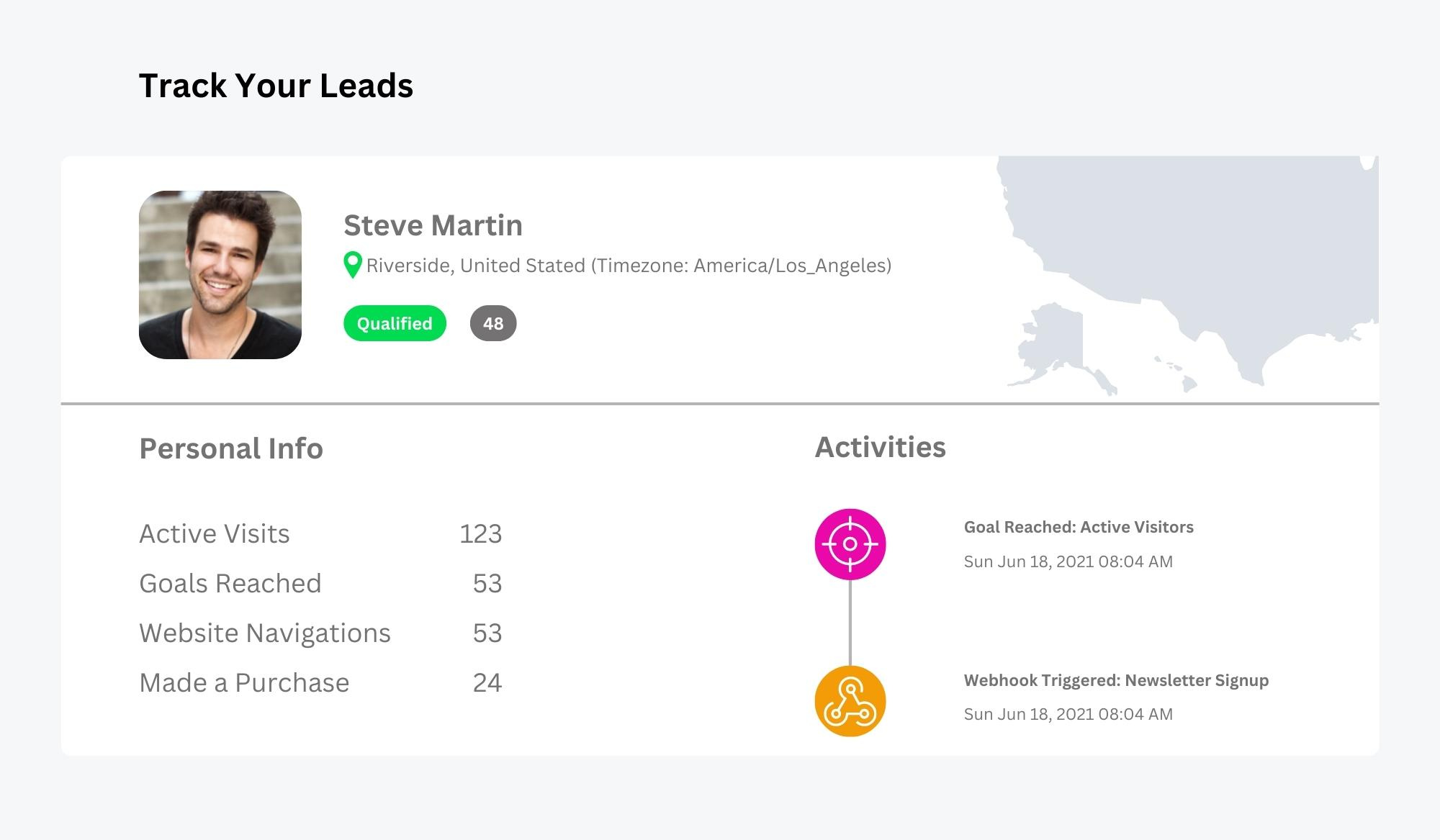
Here’s a video you can watch if you want to know more about marketing automation:
Marketing Automation Tutorial | Digital Marketing Tutorial For Beginners | Simplilearn
5 Automated Marketing Functions & Automation Tools For Small Businesses
Identify repetitive tasks in your daily operations and automate any of the following based on your overall goals and budget.
1. Social Media Marketing Automation
47% of marketers use automation software to manage their social media campaigns. This is because it makes it easier to handle numerous social media accounts without needing additional in-house staff.
Your content is one of the biggest, most influential parts of social media marketing. But it’s also the trickiest. You need to create different content based on every social media and marketing platform’s requirements and know exactly when and where to post.
This can make handling social media marketing content confusing—especially for small firms.
Here’s what you should do:
- Use online social media marketing automation platforms to promote and manage giveaways and contests to engage your followers and increase your reach.
- Set up alerts for brand mentions across social media channels to give quick responses to customer feedback.
- Automate content posting across all social media platforms with its drag-and-drop calendar.
- Compose, schedule, and publish posts in bulk or set recurring posts for specific dates and times.
- Personalize your messages for customers with varying preferences and demographics and track their engagement through likes, comments, shares, and direct messages from one centralized dashboard.
- Hire remote talent to help manage the workload across multiple marketing automation platforms and scale up as your small business grows. You can reduce your overhead costs and increase marketing automation efficiency with a team of skilled professionals.
- Use a social media AI content assistant to define your tone, topic, and channel and create social media posts within seconds. You can further personalize your posts for different social media platforms with emojis and hashtags.
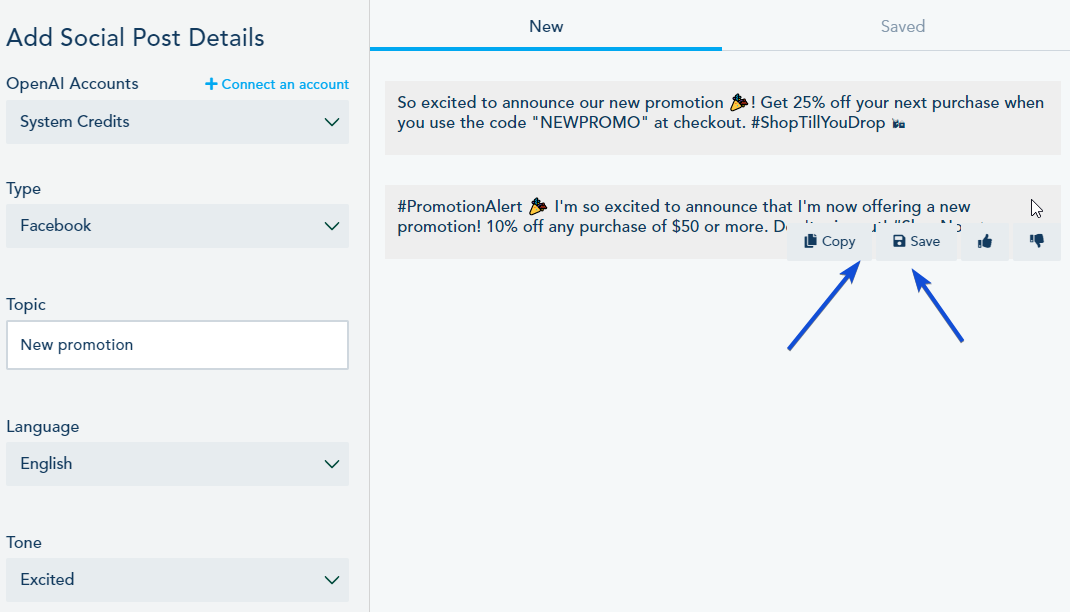
Example & Application
Whop uses social media marketing tools and automation software to streamline content and engage its diverse target audience.
With over 2,800 listings of trading communities across several platforms, including Discord, Whop relies on social media marketing software and marketing automation tools to:
- Automate content distribution
- Respond to community inquiries
- Inform its audience about the latest trading tools and tips

2. Email Marketing Automation
81% of businesses use email marketing to drive conversions and nurture customer relationships. This is because timely, personalized messages in email marketing make your small business more memorable for buyers.
However, personalized email marketing campaigns and targeted messages can be very overwhelming to manage manually. Marketing automation tools automate these key interactions with your customers with triggered email campaigns and sequences.
Here’s what you should do:
- Set up abandoned cart reminders to recover potential lost sales and encourage your customers to complete their purchases.
- Schedule birthday or anniversary emails to make your customers feel valued with hyper-personalized promotions.
- Gather feedback with automated post-purchase follow-ups and suggest related products to encourage repeat purchases and engagement.
- Automate welcome emails to greet your new subscribers and build an instant rapport.
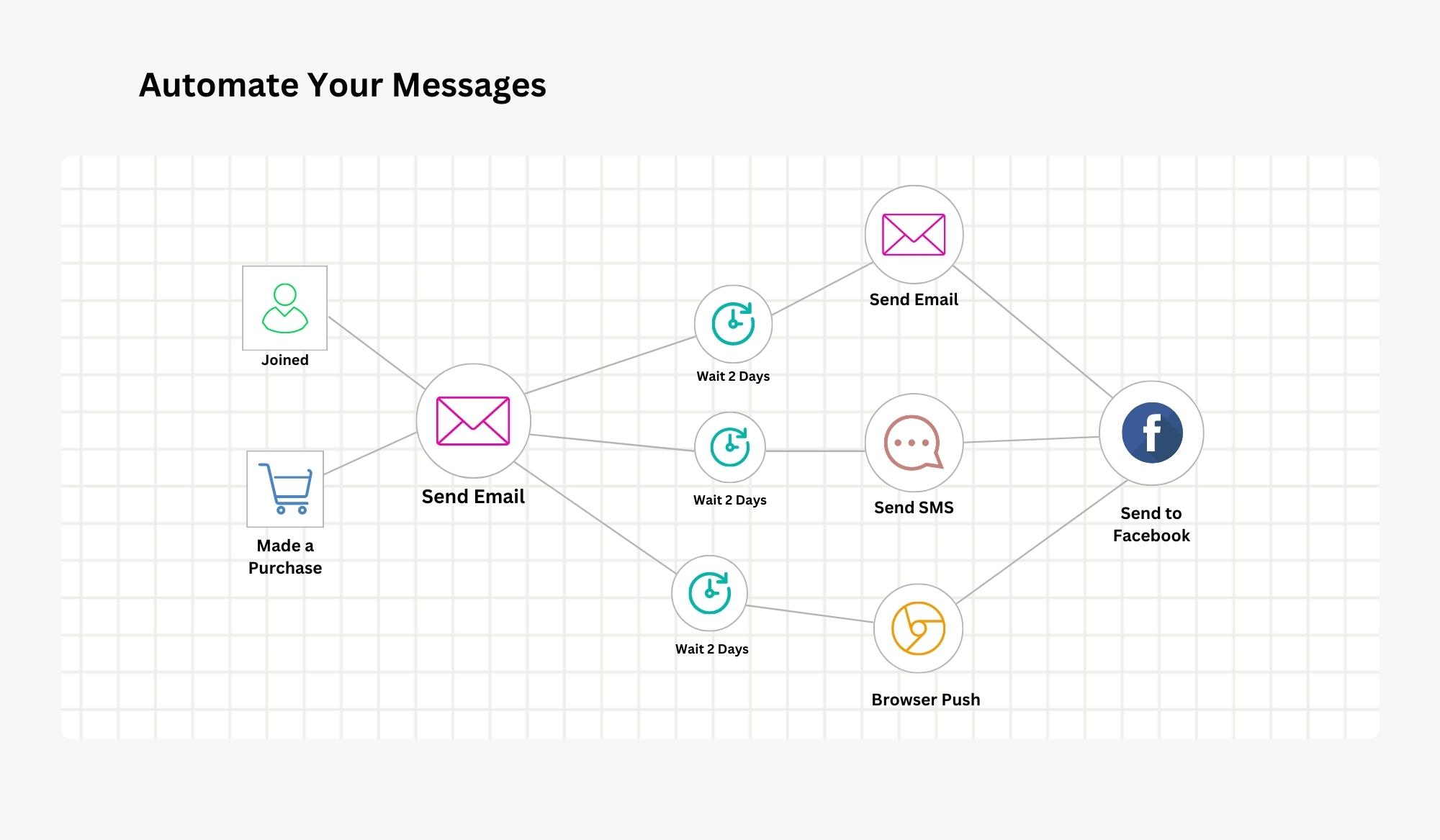
Example & Application
WSI uses VBOUT’s email marketing automation tools to streamline their email marketing campaigns and maintain consistent branding.
Its advanced scheduling and personalization features make it easier to implement drip campaigns and enhance customer engagement and retention.
3. Marketing Analytics
49% of small firms don’t know whether their marketing efforts are effective because they usually don’t have the time or resources to track their multi-platform campaign performances manually.
Automating this specific part of your campaigns gives you real-time data without any inefficiency. As a result, you will make better data-driven decisions.
Here’s what you should do:
- Set up automatic reports to track key campaign metrics, like open rates and conversions. This will make it easier to find the ones driving positive results.
- Pull data from multiple platforms into a single dashboard so you can visualize trends and insights without juggling numerous marketing tools.
- Automate campaign optimization to find the best-performing versions of your headlines, layouts, and CTAs for continuous improvement.
- Automatically track website traffic and user behavior to optimize your landing pages and ad campaigns.
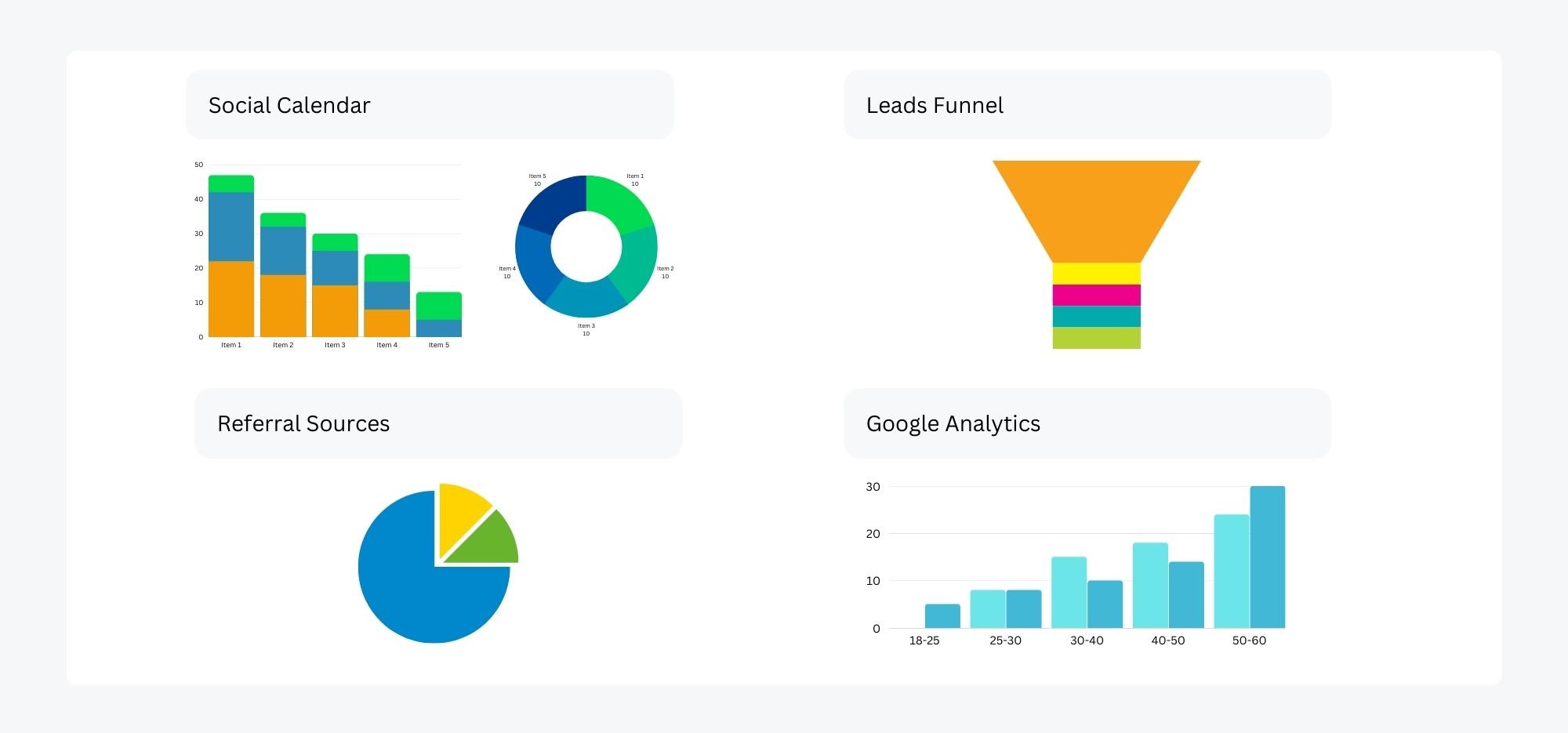
Here is how you can set this up:
Example & Application
Pinch Med Spa, which sells Tox Treatments, uses PostHog for self-hosted performance analytics and Fastly for real-time traffic analytics. These marketing automation tools help them monitor site activity and server performance.
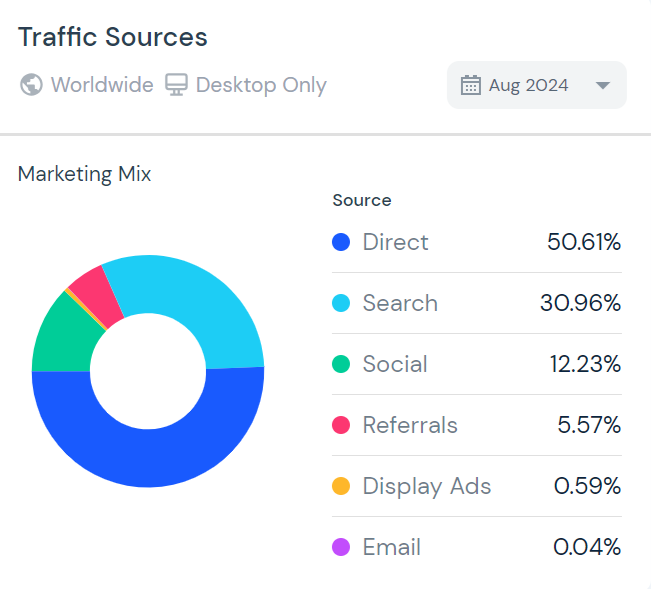
4. Landing Page Builder
68% of B2B businesses generate leads for future conversions with landing pages. If well-optimized, they can make a huge difference in how many visitors you turn into customers.
Marketing automation tools make it easier to optimize and personalize your landing pages and make sure they follow consistent branding guidelines.
Here’s what you should do:
- Use a landing page builder to create mobile-responsive landing pages with pre-built templates that adapt to your campaign needs.
- Set up dynamic content to automatically adjust your landing pages according to the visitor’s location or previous interactions with your brand.
- Optimize your headlines, layouts, and CTAs with personalization features that adjust based on visitor behavior.
- Link your landing pages with your CRM to automatically capture leads and use an integrated form builder to gather more details. This will ensure you capture all your leads and send them follow-ups immediately.
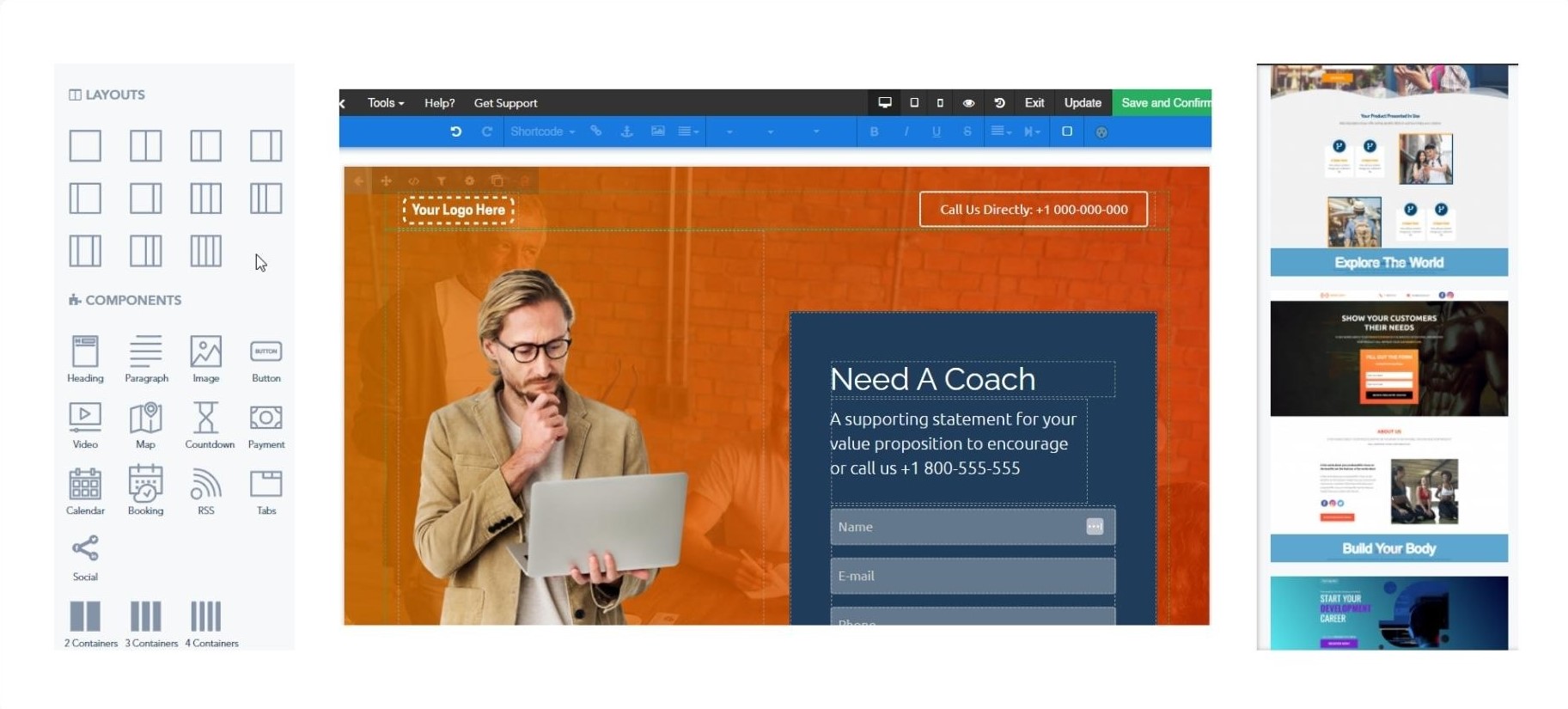
Here is how landing page builders work:
Example & Application
WholeWoodPlayhouses uses Shopify for their eCommerce platform and a marketing automation platform to build custom pages with a drag-and-drop editor. These marketing automation tools help them design and optimize their landing pages. But there’s still room for further automation.
5. Lead Generation
77% of marketers increase their lead conversions with the help of automation software. Using the best marketing automation software makes it easier to capture highly qualified leads without wasting time on manual processes.
A marketing automation platform streamlines this process and ensures you consistently capture and nurture leads.
Here’s what you should do:
- Use an AI-powered chatbot to engage your website visitors instantly. Use them to answer questions and collect valuable information so you don’t miss a potential high-quality lead.
- Create automated lead capture forms on your website so you can record and add every visitor interaction to your CRM automatically.
- Use pop-ups or exit-intent forms to capture leads before they leave your site. Use these to re-engage your visitors with incentives like free resources or discounts.
- Use the lead scoring feature to prioritize your leads based on their engagement level and willingness to buy your products or services. This will also help your sales team focus on leads that are most likely to convert.
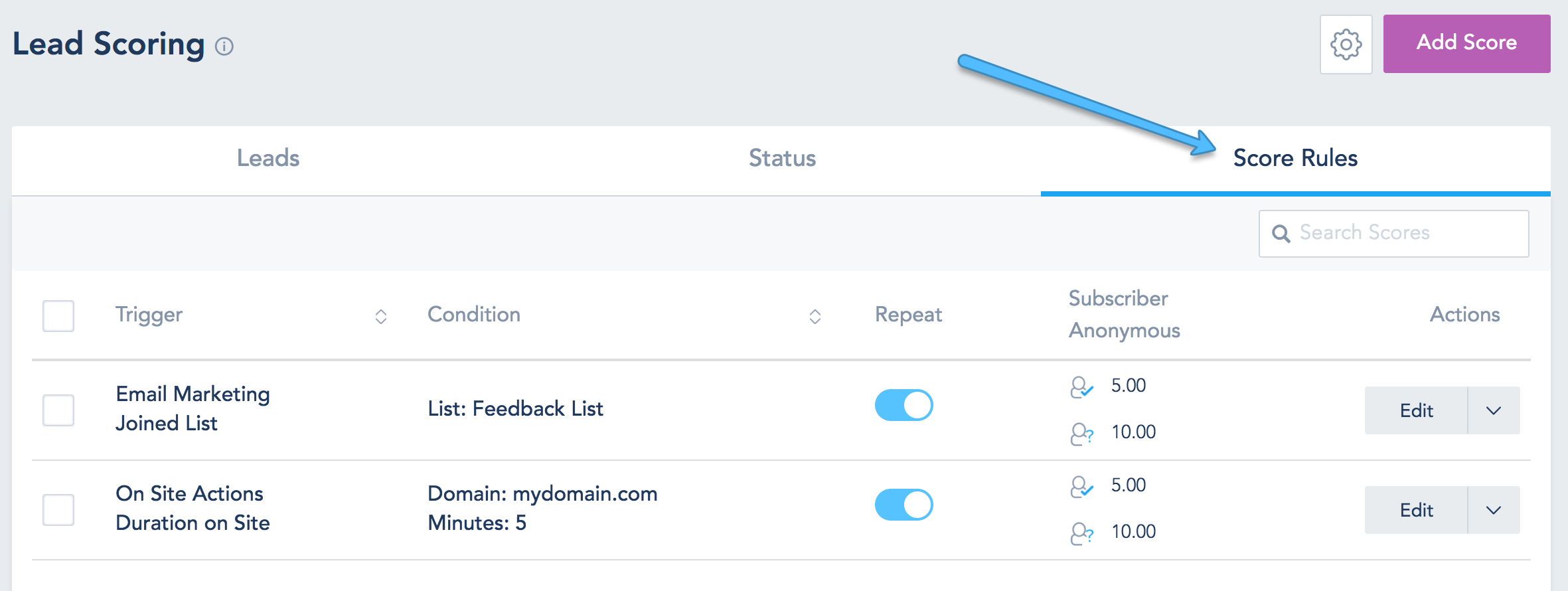
Here’s how to set up your lead-scoring sales funnel:
Example & Application
Medical Alert Buyers Guide uses Crazy Egg and Google Analytics to track their website interactions and conversions. This helps them capture and nurture leads with pop-ups and personalized landing pages.
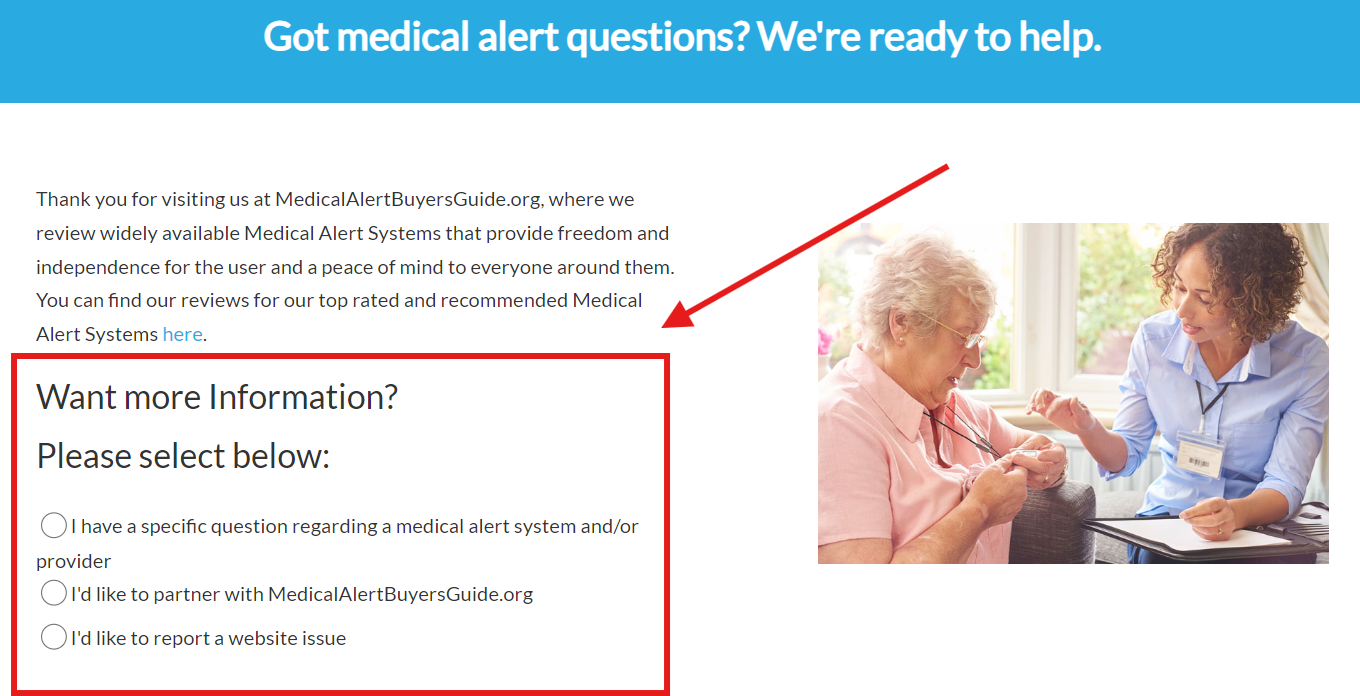
5 Common Features To Look For In Your Marketing Automation Tool
Review your primary automation goals and use this list to consider which automation features are most important for your small business.
1. Advanced Analytics & Reporting
These 2 features help you measure your marketing automation strategies’ success.
- They drive data-driven decisions
- Measure campaign performance
- Help you understand audience behaviors
All of this ultimately helps improve your strategies.
For example, you can use a marketing analytics tool to monitor everything, from performance to behaviors, from a single marketing automation platform.
Use it to customize how you control and analyze your marketing activities based on your campaign goals and important KPIs.
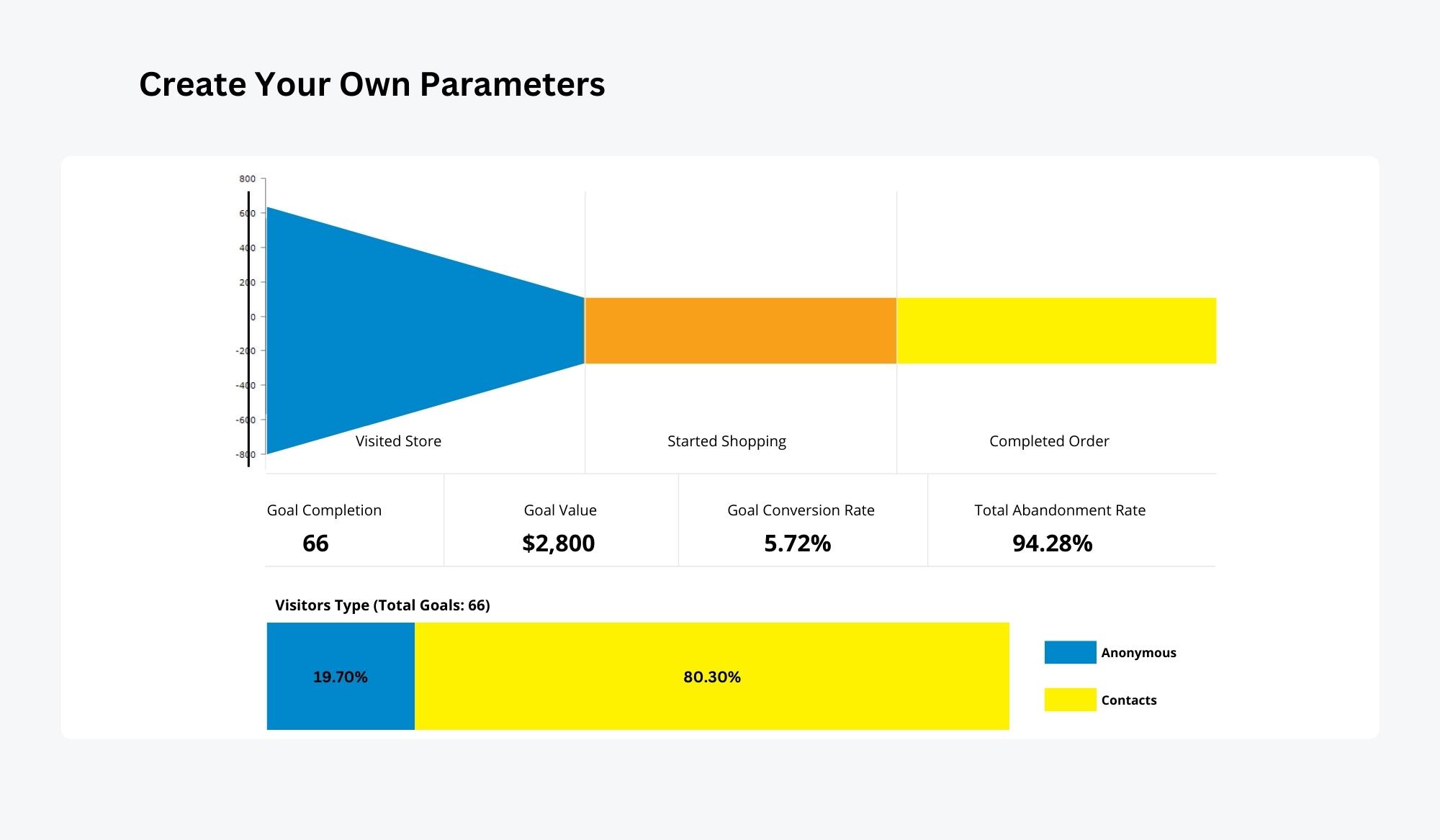
After you customize your dashboard and create personalized success parameters, you can also set up a customized rule to create automated workflows and send them to you or your teammates.
2. Reliable Customer Support
This is important to:
- Troubleshoot issues
- Learn new features
- Make sure your marketing tool operates smoothly
- Avoid delays or disruptions to your campaigns
For example, most marketing automation platforms offer 24/7 customer support, including live chat, email, and phone assistance.
These comprehensive onboarding sessions and learning resources will let you fully maximize the platform’s features from day one.
You can rely on these to make sure there are no technical issues that will slow down your marketing efforts. You can also troubleshoot your problems in real-time with this immediate support, minimizing your downtime and running efficient campaigns.
3. Seamless Integrations
You can synchronize your data across multiple platforms to run cohesive and efficient marketing campaigns if the marketing automation platform you choose offers seamless integrations with other marketing tools in your marketing stack.
For example, most marketing automation software integrate with:
- CRM systems
- Social media platforms
- Email marketing platforms
- Other third-party apps
This makes it easier for data to flow between these marketing automation tools for improved efficiency and campaign targeting.
You will track:
- Leads
- Conversions
- Customer data
All this data is collected from different marketing platforms from one dashboard.
This makes your marketing processes more streamlined and efficient, saving you time and reducing the risk of errors.
4. Onboarding & Learning Resources
If you have comprehensive onboarding and learning resources to help you quickly familiarize yourself with your new marketing automation software, you will see a smooth transition and better utilization of its capabilities.
For example, most onboarding programs and academies offer
- Tutorials
- Webinars
- How-to guides
All of these offer extensive knowledge bases and interactive learning portals.
You will minimize the learning curve with these, and your marketing sales teams will use the marketing platform’s advanced features without unnecessary delays.
Plus, you will have continuous access to learning resources, which means you can always maximize the tool’s potential as your business grows.
5. User-Friendly Interface
This makes the automation tools easy to navigate, making it helpful for teams with varying levels of technical expertise.
For example, marketing automation software should have a simple, easy-to-use interface, which is especially useful for non-technical users.
You can easily create these without the need for complex coding to streamline your marketing efforts:
- Emails
- Landing pages
- Other marketing automation workflows
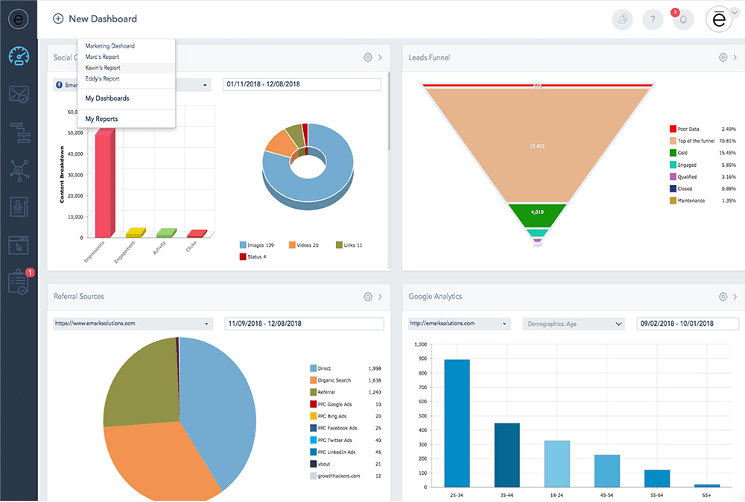
These features save time and reduce frustration.
It helps your marketing team quickly set up campaigns, manage customer data, and optimize workflows so you can spend more time on strategy and less on troubleshooting or training.
Conclusion
You can streamline your sales pipeline and entire business processes, save time and money, and spend most of your time on key operations with the right data automation and marketing automation platforms for small businesses.
But this is just the beginning.
To get all those perks, you have to have the right marketing automation tool with the right features and services. This makes the difference between successful and unsuccessful marketing campaigns.
If you’re searching for the very best marketing automation platforms and tools that offer a variety of automation solutions on a single platform with bespoke human support, check out VBOUT.
It’s an AI-Enabled Platform with features designed to enhance your marketing efforts and maximize your ROI.
Start your free trial today and transform your marketing campaigns one function at a time.
About the Author:
Burkhard Berger is the founder of Novum™. He helps innovative B2B companies implement modern SEO strategies to scale their organic traffic to 1,000,000+ visitors per month. Curious about what your true traffic potential is?
Don’t forget to share this article
